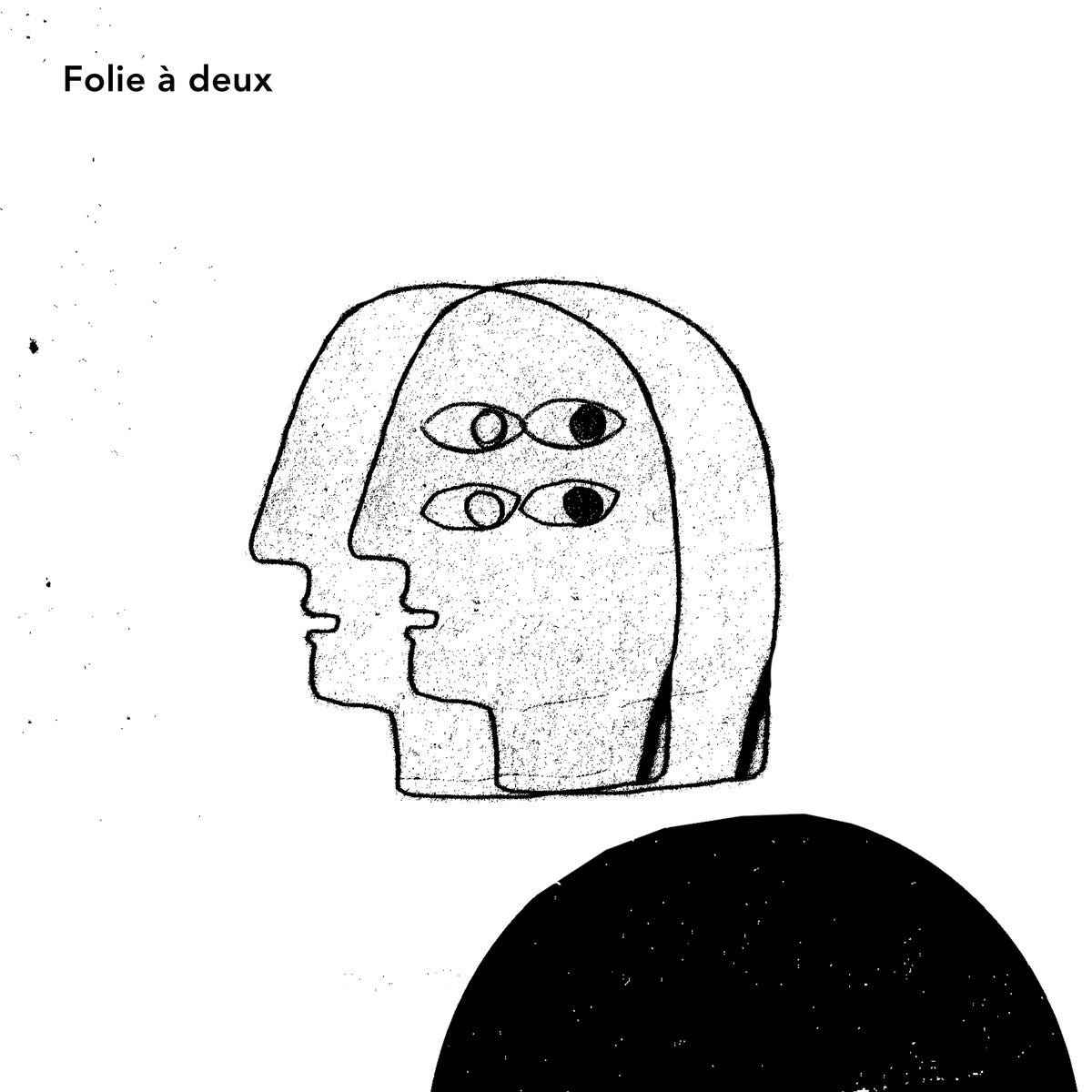

The sisters stopped sleeping and became convinced that God was communicating with them. They also became preoccupied with religion. They became increasingly concerned that their mother, who also suffered from mental illness, was going to hurt the three children of one of the sisters. The lives of the three sisters became increasingly enmeshed as adults, even though they had led ordinary, respectable lives before spending all their time with only each other. In the case of three biological sisters from South Carolina, the diagnosis of folie a trois led to successful insanity defenses in their respective trials for various criminal wrongdoings. Sometimes, folie a deux, trois, or famille is used as a legal defense to help diminish the capacity of the defendant(s) in the eyes of the court.

Together, they agreed that these unnamed persecutors were entering their house, spreading around dust and fluff, and wearing down the couple’s shoes.Īlthough the real identities of Margaret and Michael will most likely never be discovered, they are notable less for their issues with fluff and shoe use and more as the first couple diagnosed with folie a deux.

They shared delusions that certain people they knew were persecuting them. In the 19th century, the first reported case of folie a deux involved “Margaret and Michael,” a married couple.


 0 kommentar(er)
0 kommentar(er)
